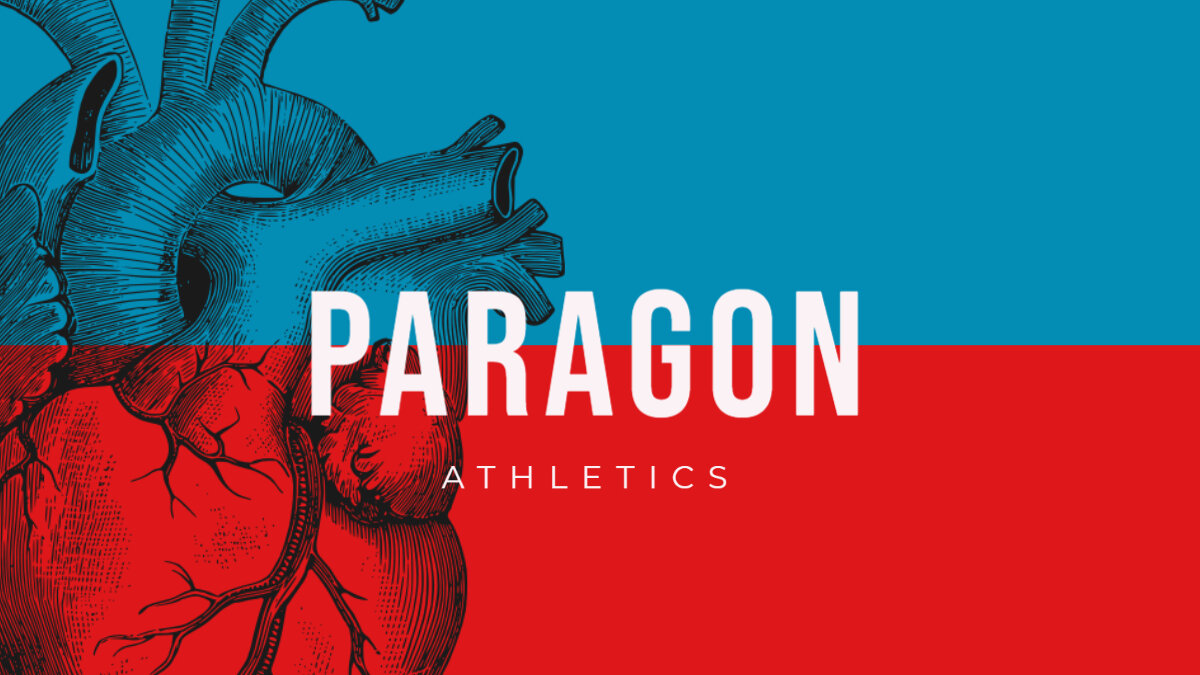EMPHASIS FOR THE MONTH OF MAY 2016
THE PULL-UP
The ever elusive pull up..like anything else at paragon, it may look simple, but we all have been there and know how hard it can be (except when we were 7 years old on the playground and weighed 50 pounds and could do pull ups all day long). But here we are in the present, and whether you are dangling from a cliff for your life, or just trying to get stronger, the pull up is a great exercise to have in your arsenal.
“How do I do it?”
So, we all know how it works...if there is a recipe for something hard, come to Paragon and we will make it even harder. That being said, let’s take a look at the classic pull-up: Hanging from a straight bar, with your hands placed about shoulder width, palms facing away (pronated) from you, pull your body straight up so that your head goes past the bar (but don’t reach with your chin; keep your head neutral). Imagine pulling your elbows down to your sides. Do not let the shoulder rock forward. Lower back down to the starting position, making sure to keep your feet angled just in front of you throughout the whole movement (you know that hollow rocker boat exercise we like so much? That’s what we want...no broken spine archetypes). A chin up holds the same principles, but your palms are facing your body (supinated).
“Which muscles will get big and strong?”
Your latissimus dorsi, trapezius, pectoralis major and minor, rhomboids, deltoids, biceps brachii, brachialis, brachioradialis, external obliques, erector spinae, and (depending on what you are hanging from) varying levels of forearm and hand musculature will all be helping you pull (so don’t worry, you’ve got lots of support!)
“Why do I suck at doing pull-ups?”
First of all, you don’t suck. You’re awesome. Secondly, you’re just at a different level of the movement than others. So, can you execute this movement? If you can pull yourself up, how is your form? And those of you that have mastered the pull up, how is your one arm pull up? Could it use some improvement? The point here: no matter where you are in the pull up game, we are here to help you progress (don’t worry, there are tons of variations to the classic movement)...and on that note, here is your homework for the month.
Homework:
An eccentric chin-up (close-grip)
This is an awesome two-for-one exercise. It combines strength with mobility (the Paragon way!)
But first, let’s get into why we are doing this exercise. Remember that brachialis muscle we mentioned earlier? Well, this guy, buried beneath the biceps brachii, is the strongest flexor of the elbow joint. It originates on the anterior side of the humerus, and inserts on the ulna. Because it inserts on the ulna, the muscle will work no matter which way your hand is positioned (supinated or pronated). The result: this muscle can get upset, angry, shortened (and this tendonitis is common in climbers, so chat with us more if you have pain on your anterior elbow). So, back to the homework; this close grip chin up will help to lengthen the brachialis. And there are other added benefits: it focuses on external rotation of the shoulder, maximizes extensibility of the shoulder, and helps you achieve full approximation of the shoulder in a stable overhead position.
The how-to: Starting at the top of a chin-up, with your arms bent and your pinkies touching in a close grip position, slowly lower down to a count of ten. Make sure that your legs are angled in front of you just a bit and the abdominals are strong. Lower until your arms reach full extension, and stop to pause a bit here before you start over again at the top.
“How do I do it on my own?”
If you lack a door frame pull-up bar or a mounted pull-up bar there are other non-traditional options where you can properly perform the eccentric pull-up. A low tree branch outside will work great, with the added benefit of making you look cool. A table or desk ledge with an inside lip can also be used to do eccentric pull-ups at an angle.
“I like science, give me the science.”
So, you want to be a nerd affiliate, you say? Here is a bit of detail on eccentric movements, and how they are a great tool for achieving joint mobility:
We all have heard of eccentric contractions, where the muscle lengthens while still producing force. The number of possible cross-bridge formations is diminishing, yet the muscle is still able to producing force. Think back to learning how a muscle works..you remember actin and myosin, right? How about titin....ring a bell? Well, actin and myosin binding have failed in explaining how an eccentric contraction works. This is where titin comes in. Titin is thought to play an active role in muscle force production when the sarcomere is stretched beyond the active myosin-actin overlap (cross-bridge). Titin has not only been shown to increase stiffness by binding with calcium, but it binds and interacts with actin, forming a force producing interaction in the absence of cross-bridges. So…..dare we say that a relaxed muscle is NOT better equipped to elongate?!
OK, OK, we know... we have dared to say this before, many times. You know this by now, but we just want to reiterate this idea. Stretching does not require relaxing, and an eccentric movement like the close-grip chin up can mobilize in a way that is supported muscularly. Lengthening a muscle with load (active stretching OR eccentric contraction) allows the muscle to handle activity at that range, decreasing the risk of injury during muscle use.
Well, goners, we hope this helps. But enough with the chatter, it’s time to pull!
-Laurel Lippard and Brian Dales

